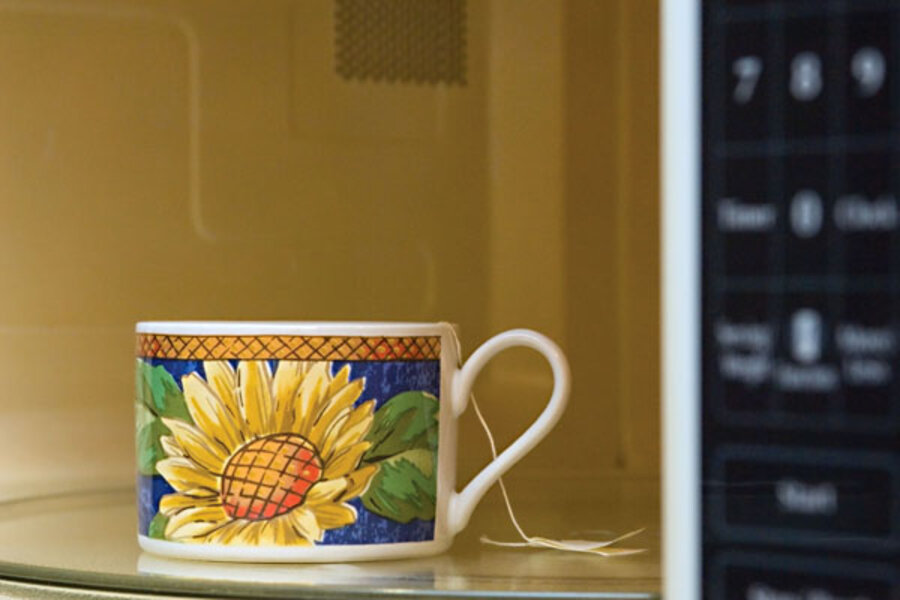Which is cheaper: hot water or the microwave?
Loading...
Saving Pennies or Dollars is a new semi-regular series on The Simple Dollar, inspired by a great discussion on The Simple Dollar’s Facebook page concerning frugal tactics that might not really save that much money. I’m going to take some of the scenarios described by the readers there and try to break down the numbers to see if the savings is really worth the time invested.
Jessie said, Here is a practice that my mother does when the extended family is over for the weekend and I wonder if you can do the calculations for us:
Option one: keeping a hot water urn plugged in from 9pm-11am.
Option two: zapping a mug filled with water in the microwave for 2 minutes.
My mother estimates that it costs more to keep the urn plugged in for that time than for the 6 times the microwave would be used for 2 minutes each. Bear in mind that a few more people would probably drink the hot water if it was in the urn. Without the urn, only the people who really want coffee or tea will make themselves a cup.
The solution here, of course, is to calculate the cost of each method.
Calculating cost of microwave use A typical microwave oven uses 1,500 watts, or 1.5 kilowatts, of power. If you’re microwaving water for two minutes and repeating this six times, you’re using the microwave for twelve minutes, or 0.2 hours. This means that the microwave, in this usage situation, would consume 0.3 kWh (1.5 kilowatts times 0.2 hours) of energy. At the usual national rate of $0.11 per kilowatt hour, the cost of the microwave usage is about $0.03.
Calculating cost of the urn The only clear estimate I could find for the energy consumption of a typical hot water urn was approximately 180 watts in standby mode and 1,000 watts while heating. Looking at additional information about urns, I’ve found that they typically heat the water to boiling in about fifteen minutes. Thus, during the heating portion of the equation, the urn consumes 0.25 kWh (1 kilowatt of energy consumed over 0.25 hours) and during the 14 hours of standby, the urn consumes 2.52 kWh (0.18 kilowatts of energy consumed over 14 hours). At a typical household rate of $0.11 per kilowatt hour, the cost of heating the water and keeping the water near boiling in the urn overnight and in the morning is about $0.31.
Clearly, in the situation you describe, the microwave wins out. It costs less than using the microwave than it does to simply heat up the water in a typical urn, let alone keeping the water warm for any period of time.
Naturally, this difference can be easily mitigated with some changes. Let’s say, for example, that you just have the first person to wake plug in the urn. This would reduce the standby period to, say, five hours. This would consume a total of 1.15 kWh, which would add up to only $0.13 (approximately).
It’s also worth considering the convenience of using the urn. As you’ve mentioned, the convenience of urn use convinces people to use it versus microwaving water. If all they have to do is flip a switch to get very hot water, it’s much easier than filling up the cup and using the microwave.
The question really is how much that convenience is really worth for you or your mother-in-law. If the value of having that reservoir of hot water is worth another quarter of electricity, then she should keep using it.
Clearly the microwave is the less expensive option, but this falls into saving pennies rather than saving dollars.





